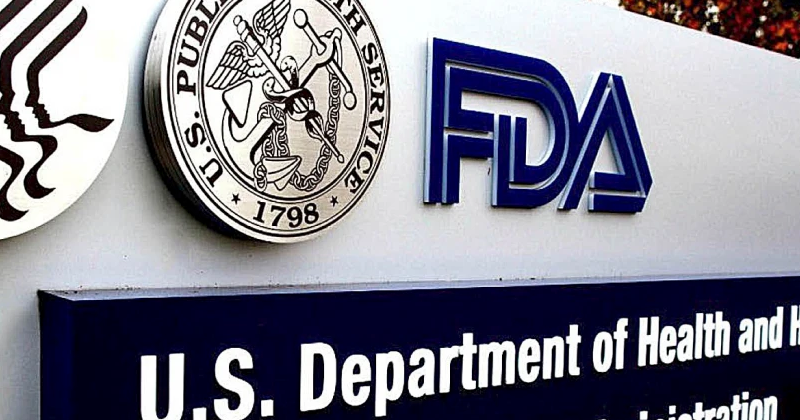Article
Lensar’s adaptive cataract treatment system receives FDA clearance
Author(s):
The systems could be in the hands of surgeons in the third quarter through a targeted initial launch, according to the company.

Lensar Inc. this week announced the FDA has cleared its next-generation ALLY Adaptive Cataract Treatment System.
The system, according to the company, is the first FDA-cleared platform to enable cataract surgeons to complete the femtosecond-laser-assisted cataract surgery (FLACS) procedure in a single, sterile environment.
According to the news release, the company plans to deliver the first ALLY Systems to surgeons in the third quarter of this year through a controlled and targeted initial launch. Following this launch, the company plans to make ALLY widely available to cataract surgeons in 2023.
Lensar CEO Nick Curtis said the company is pleased to bring the proprietary technology to cataract surgeons.
“Our mission has been to develop a platform where surgeons can seamlessly perform the entire FLACS procedure in a single setting, improve workflow efficiencies, and most importantly, help surgeons deliver better outcomes through the advanced technologies in the ALLY System,” Curtis said in the release. “We are seeing an overwhelmingly positive response to the ALLY system. Over 125 surgeons have experienced ALLY firsthand, during demonstrations performed at the American Society of Cataract and Refractive Surgery Annual Meeting in April, and more recently at our home office.”
The system’s small footprint and enhanced ergonomics provide surgeons a unique opportunity to improve efficiencies in any operating room or in-office surgical suite. It also is the first cataract surgery platform to provide Adaptive Intelligence to automatically determine cataract density, optimize fragmentation patterns, and energy settings, with the goal of minimizing overall energy delivered to complete the cataract procedure more efficiently and help contribute to quicker visual recovery, and better patient outcomes.
Lensar noted that these proprietary features, combined with advanced astigmatism management technology, have the potential to establish new standards for femtosecond laser cataract surgery procedures. The ability to automate surgeons’ treatment plan, while improving time and workflow is a benefit to surgeons, patients, and operating room staff.
As a clinical researcher and member of the LENSAR Medical Advisory Board, Gregory Parkhurst, MD, at Parkhurst NuVision in San Antonio, said he is looking forward to being among the first cataract surgery practices in the United States to offer the Ally laser patients needing cataract surgery.
"With FDA clearance, I look forward to providing next-gen laser cataract surgery to my patients,” Parkhurst said in a statement.
Parkhurst added that the ability to combine phaco and the laser into a single adaptive system for use in the operating room could make cataract surgery easier for patents and eye surgeons alike.
“This reminds me of when we used to have 3 or 4 handheld devices (a blackberry calendar, a GPS, a camera, and a cell phone) before smart phones came along and combined all of those technologies into a single device,” he said. “The Ally system is the next evolution in cataract surgery and will change the way cataract surgery is done world-wide for the next generation of patients and surgeons.”
Newsletter
Don’t miss out—get Ophthalmology Times updates on the latest clinical advancements and expert interviews, straight to your inbox.




